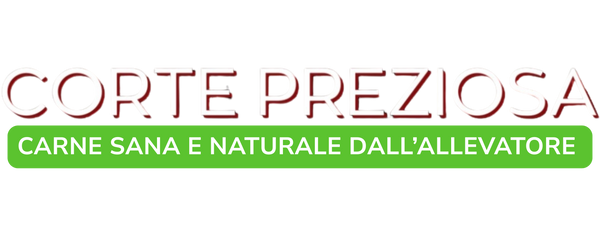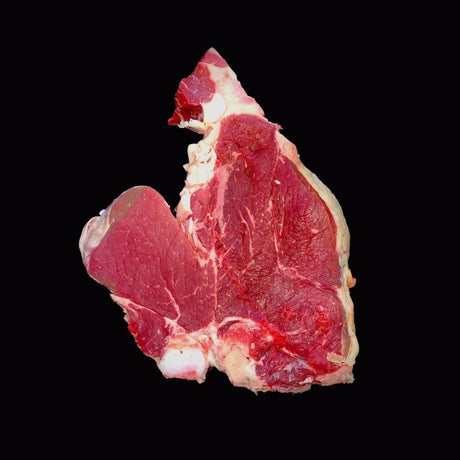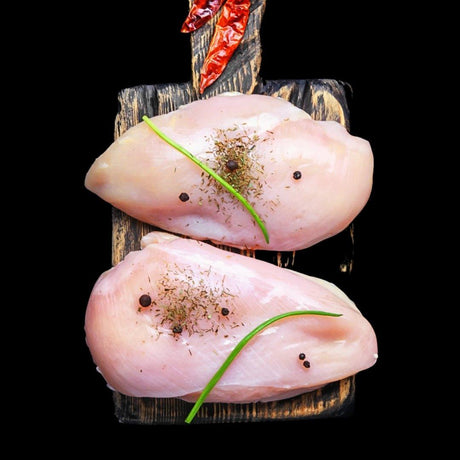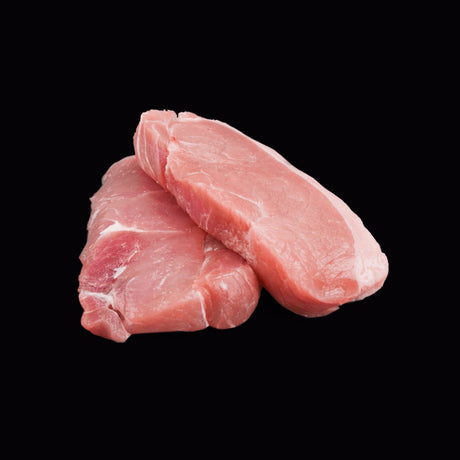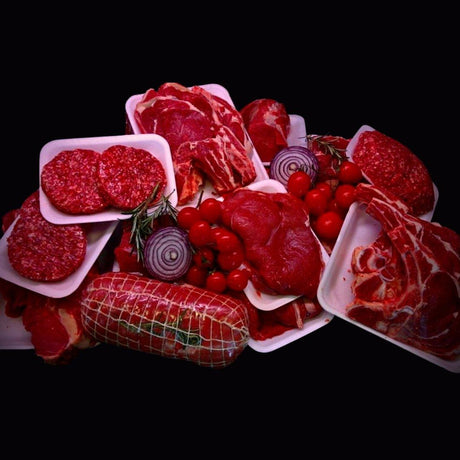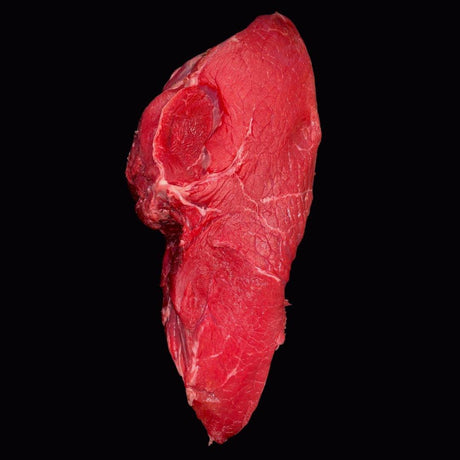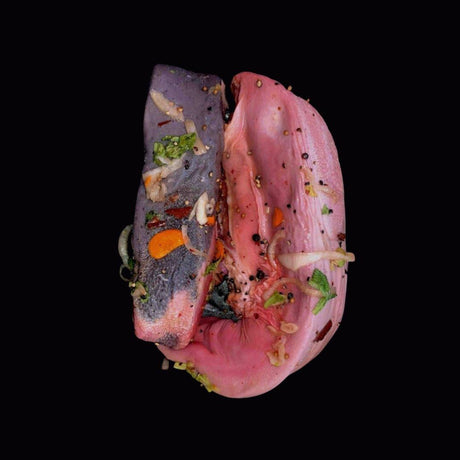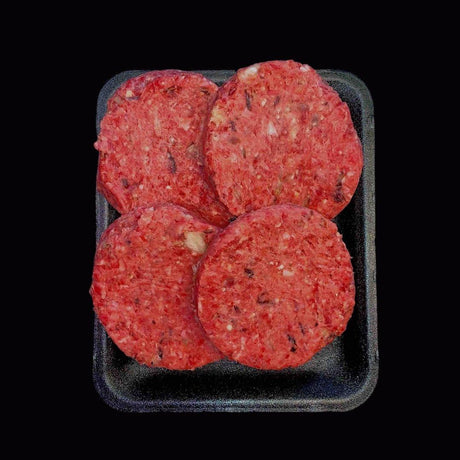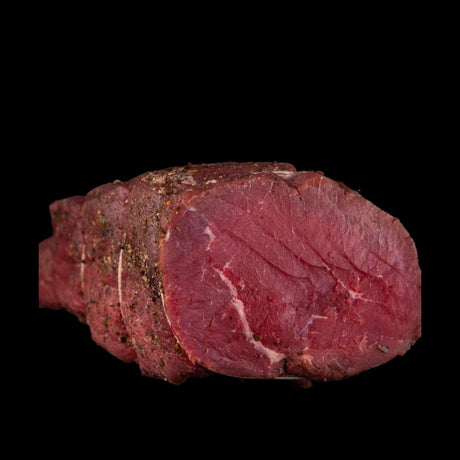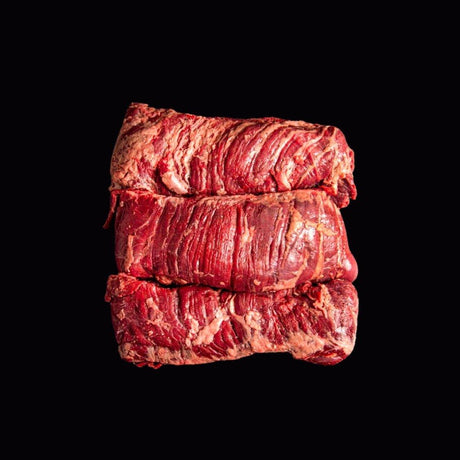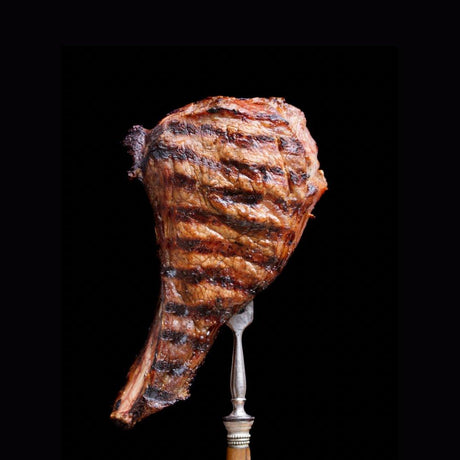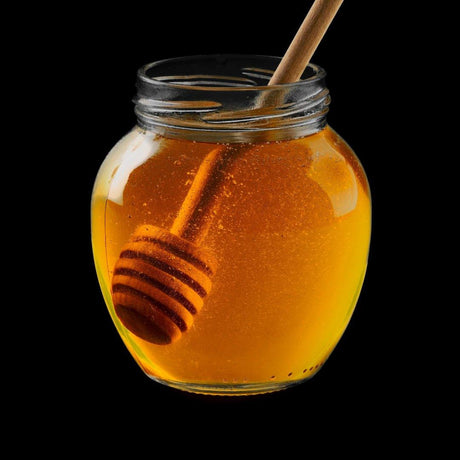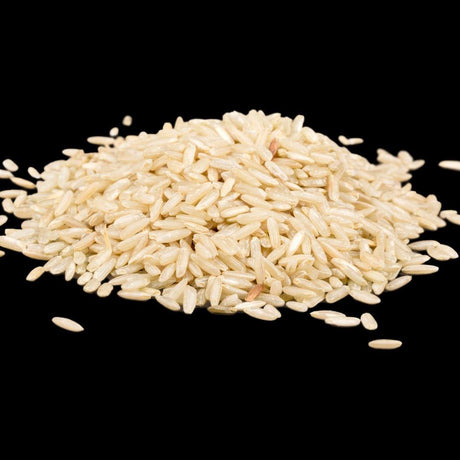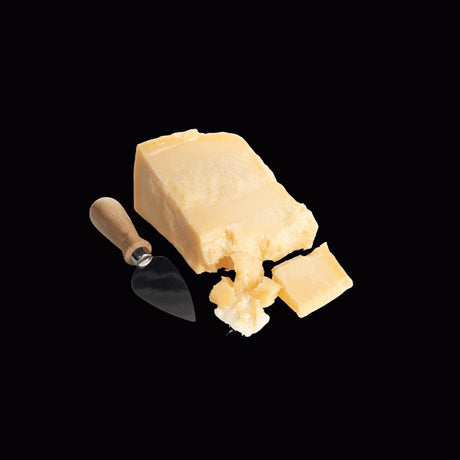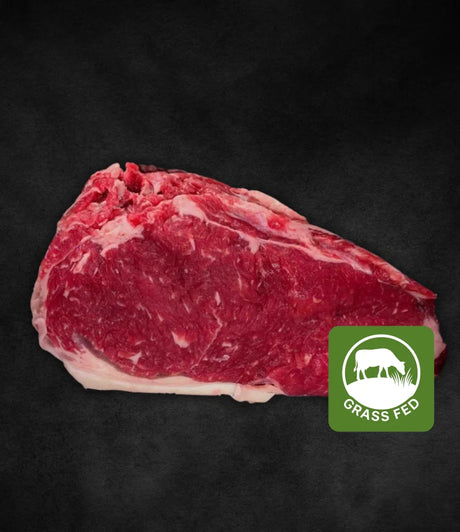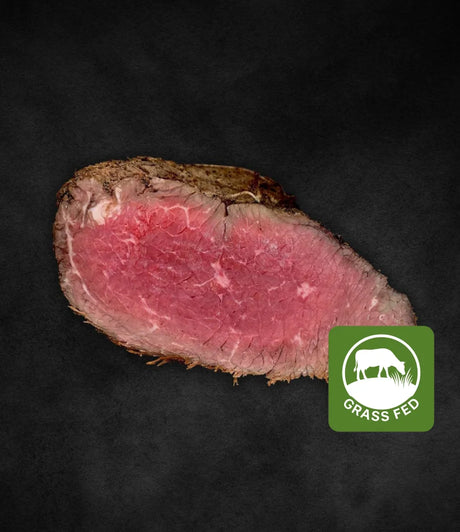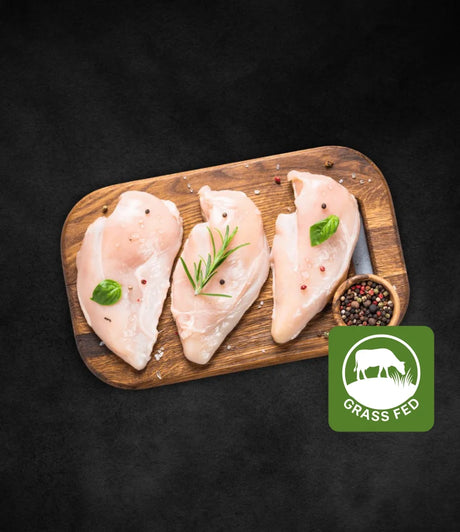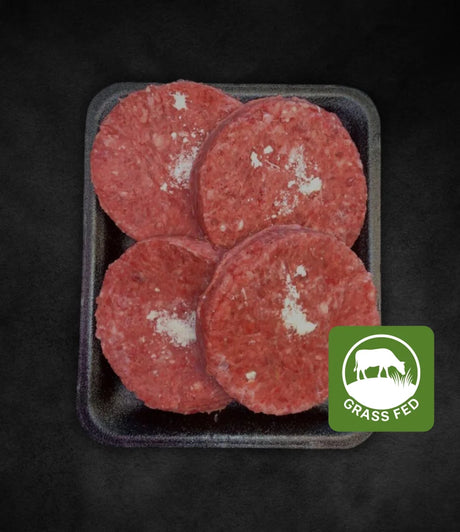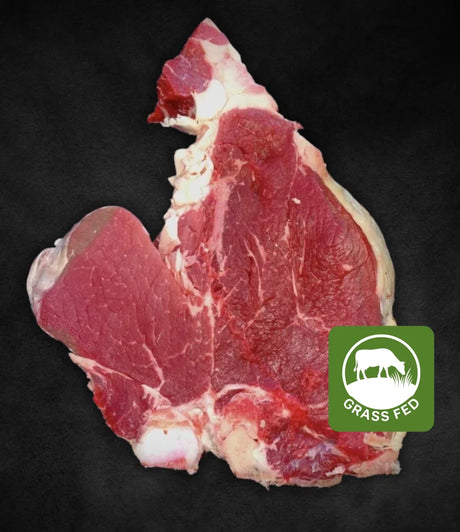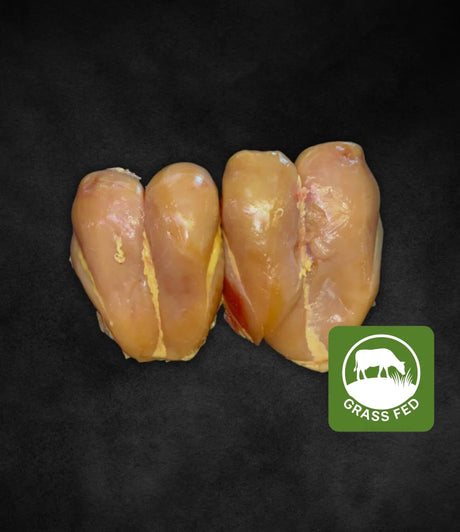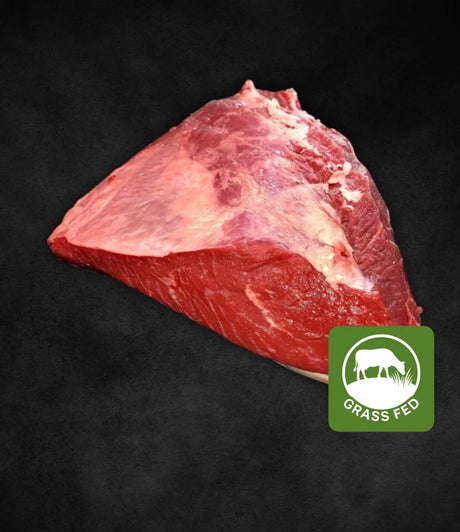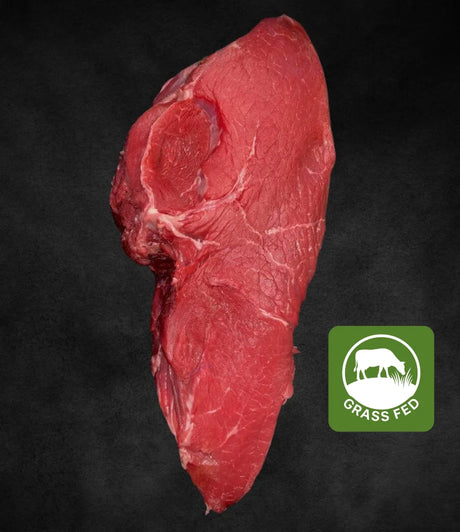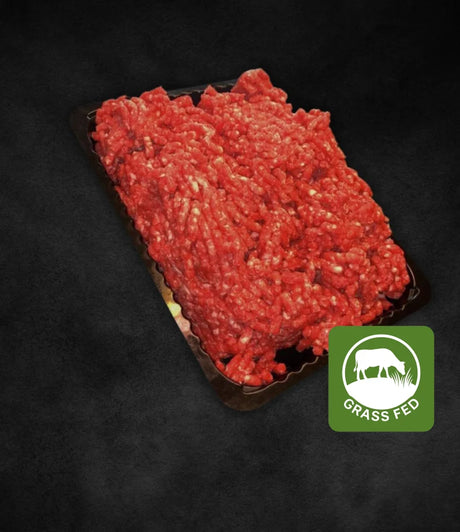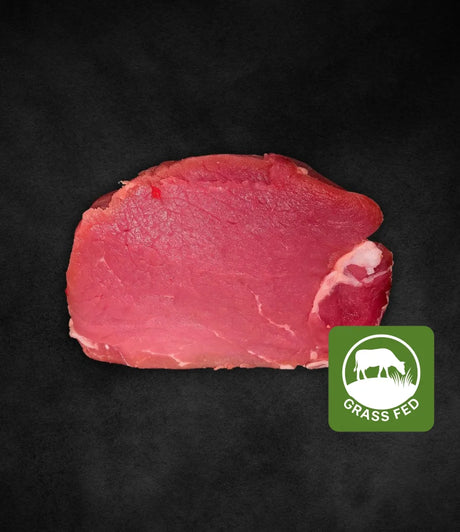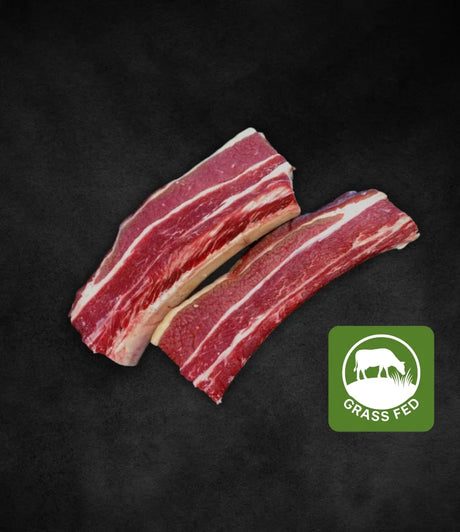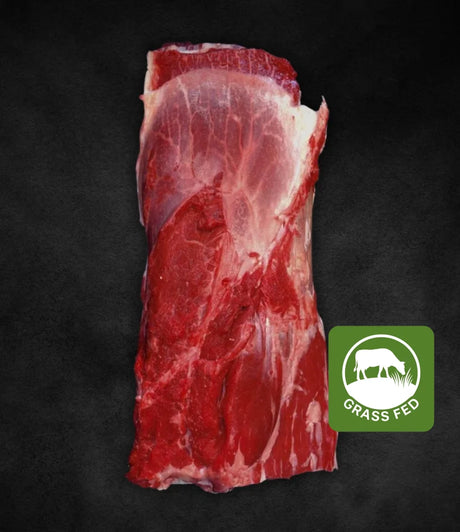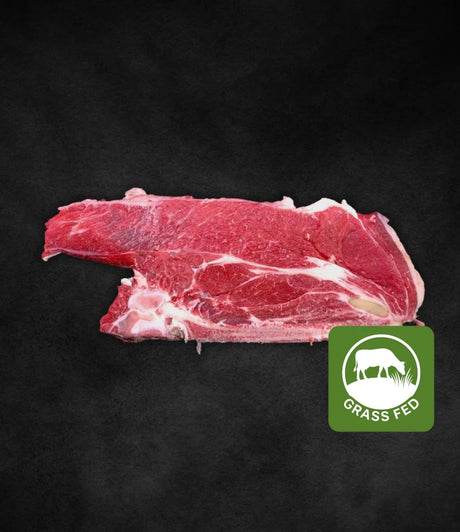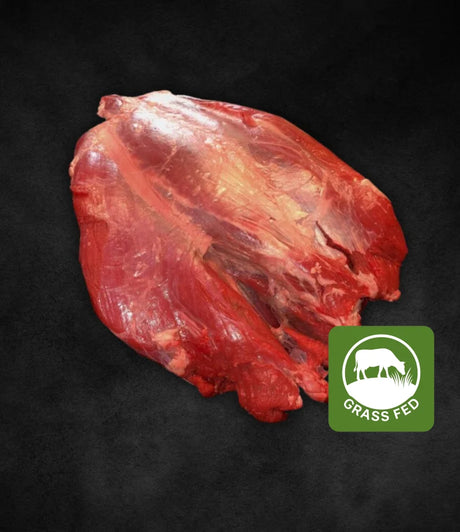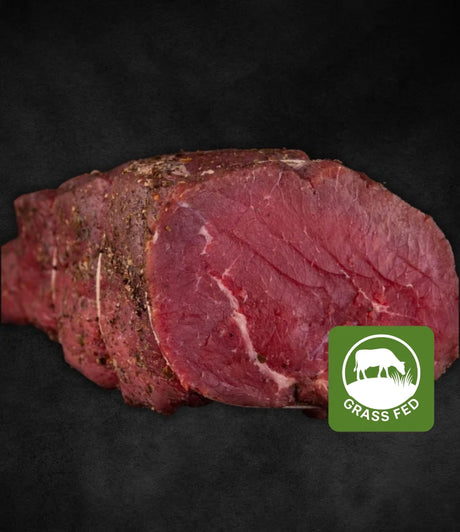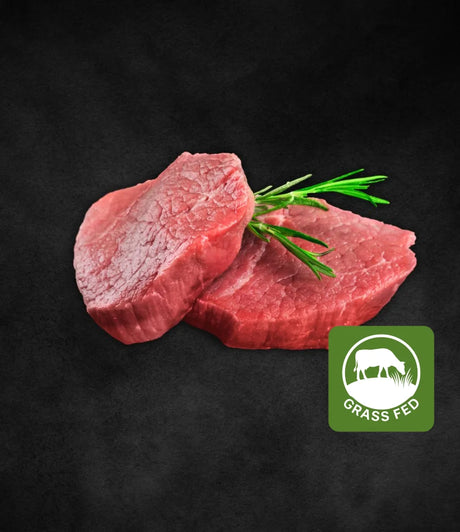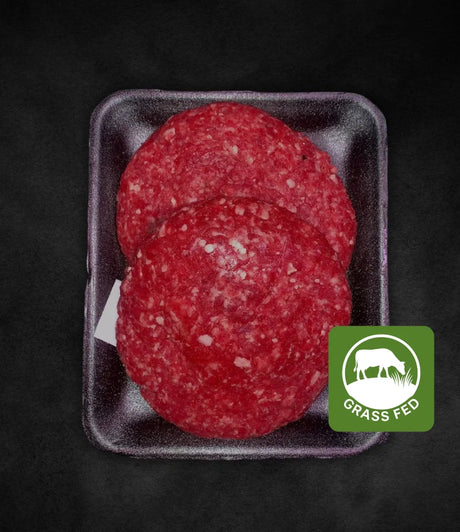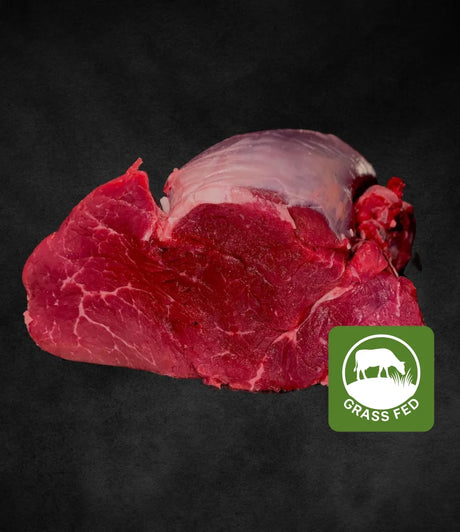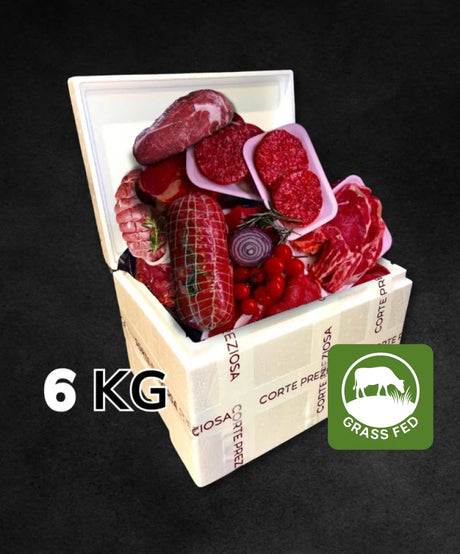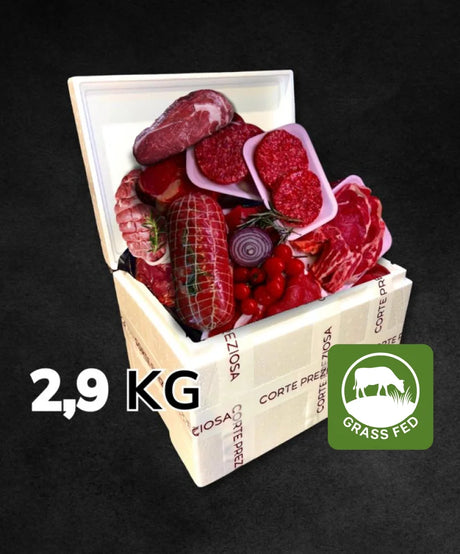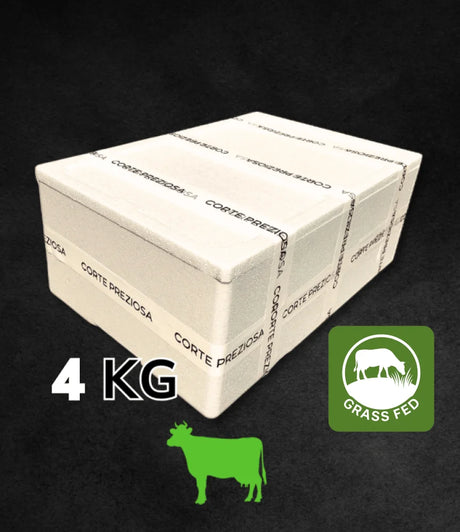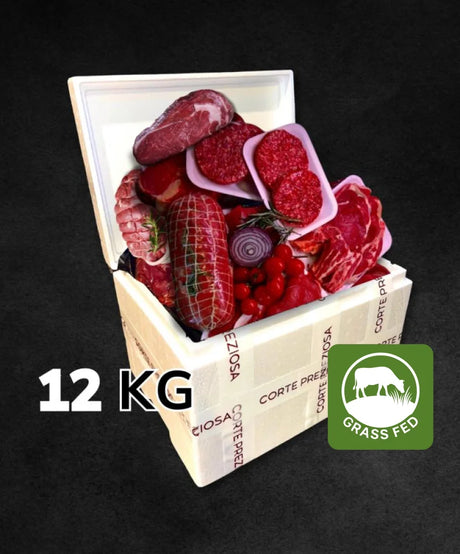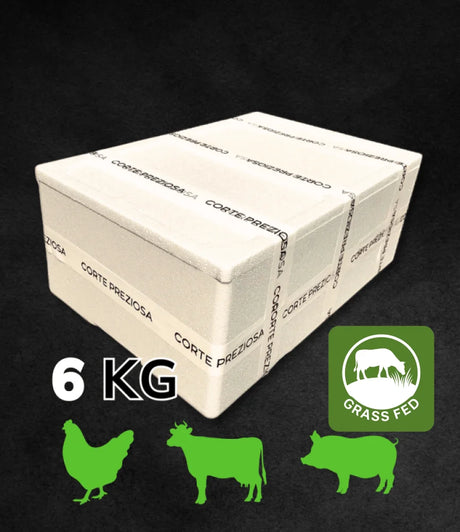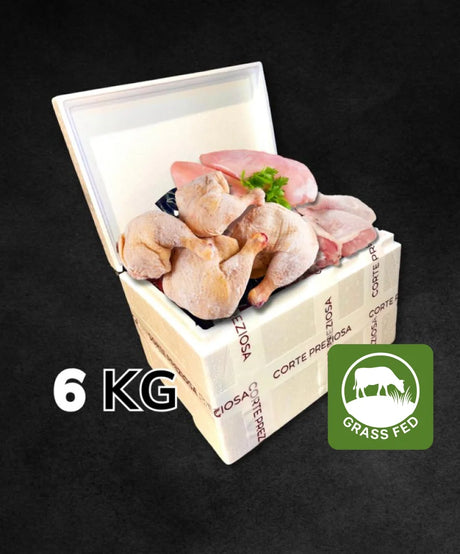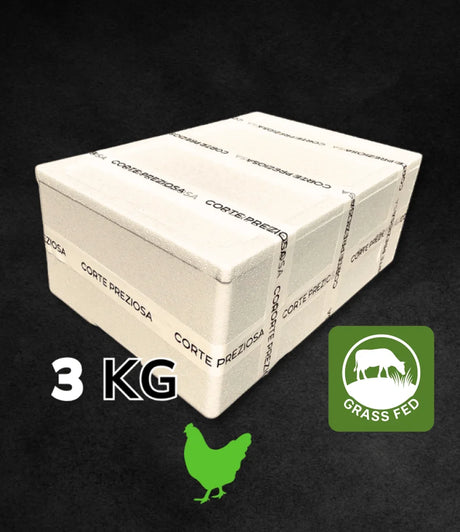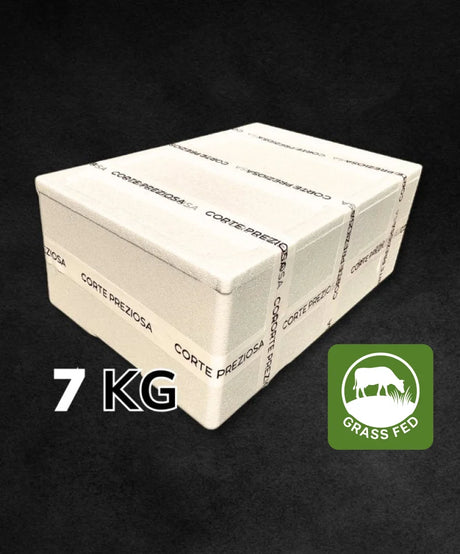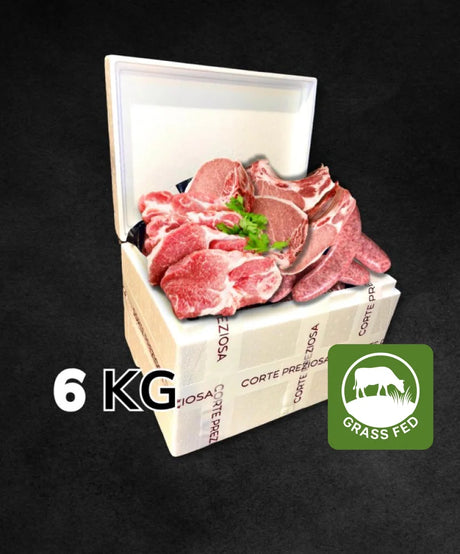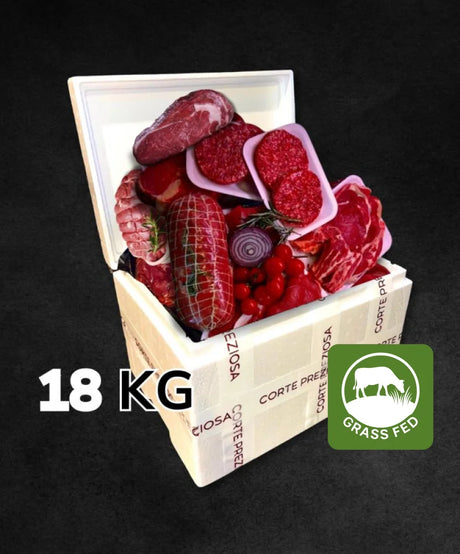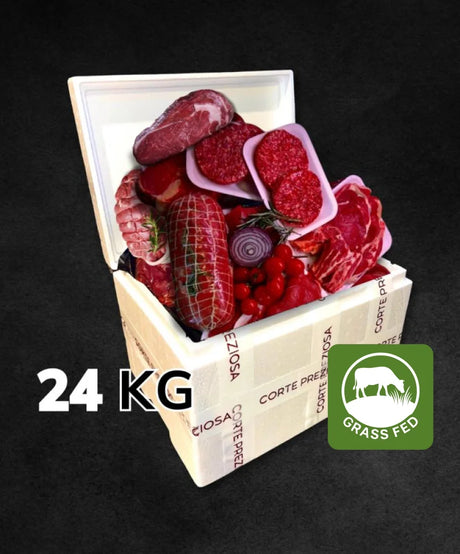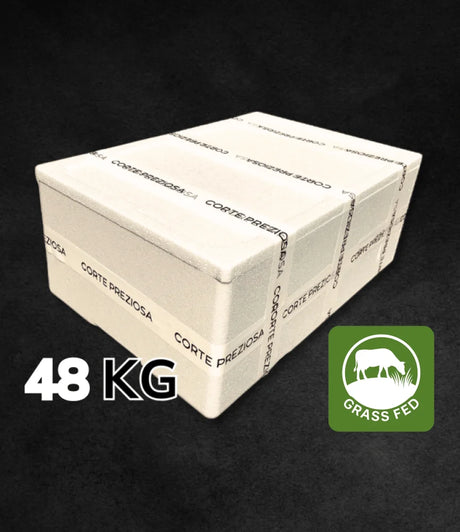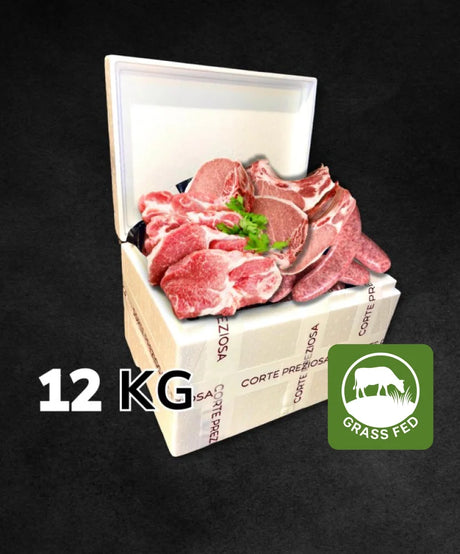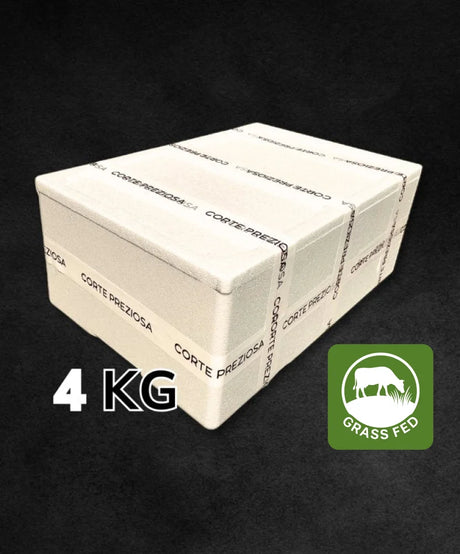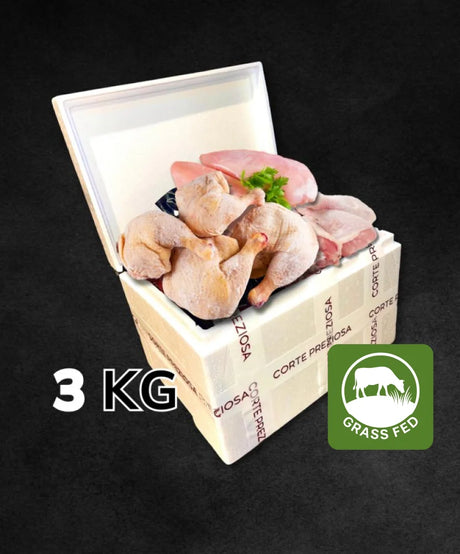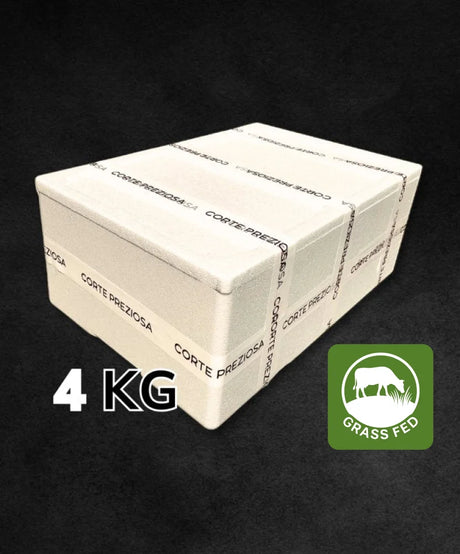In the world of sustainable, quality livestock farming, the term grass-fed represents a true return to the origins. We're talking about animals raised with respect for their nature, on a diet of grass, forage, and hay.
But why is hay , in particular, so important? Let's find out together.
What is grass-fed feeding?
Grass-fed farming involves cattle (but also sheep and goats) feeding exclusively on grass and forage, without the use of industrial feed, cereals or silage.
This type of diet is more natural, more sustainable and has a direct impact on the quality of the meat produced.
The role of hay: much more than an alternative to fresh grass
During the winter months, when fresh grass is scarce or unavailable, hay becomes a key component of the diet of grass-fed animals. It is naturally dried grass, rich in fiber, minerals, and essential nutrients.
On our farm, hay is produced directly on our farm , ensuring complete control over quality, botanical variety, and harvesting and storage methods. This allows us to offer our animals a natural and consistent diet year-round.
The hay:
-
It maintains the animal's natural diet , respecting the principles of grass-fed nutrition.
-
Supports rumen health , essential for digestion and overall bovine well-being.
-
It promotes balanced growth , without forcing or unnatural weight gain.
-
It contributes to healthier meat , with a better lipid profile (more omega-3, CLA and natural antioxidants).
Grass-fed meat: you can taste the difference
Animals fed grass and hay produce richer-tasting meat with different marbling and a higher nutritional content.
Scientific studies show that grass-fed meat:
-
It contains more omega-3s and fat-soluble vitamins (such as vitamin E).
-
It has less saturated fat than conventionally farmed beef.
-
It is more sustainable , as it comes from animals that graze freely and follow the rhythms of nature.
Quality hay = quality meat
Not all hay is created equal. Quality depends on:
-
Type of grass harvested (e.g. alfalfa, grasses, clover)
-
Drying and preservation techniques
-
Collection times and methods
Our hay is grown, harvested, and dried using traditional and sustainable practices , without chemical treatments or forced processing. It's fragrant, green, free of mold or dust, and guarantees maximum nutritional value.
For this reason, the basis of excellent grass-fed meat is always excellent forage — and possibly home-grown.
In conclusion
Hay is not just a food “reserve” for the winter: it is a pillar of grass-fed nutrition , which has a profound impact on animal health, the sustainability of livestock farming and the quality of meat.
Choosing grass-fed meat means choosing a more ethical, healthy, and natural model—and it all starts with what the animal eats: quality grass and hay, produced directly by those who raise with passion and respect.
---------------------------------------------------------------------------------------
